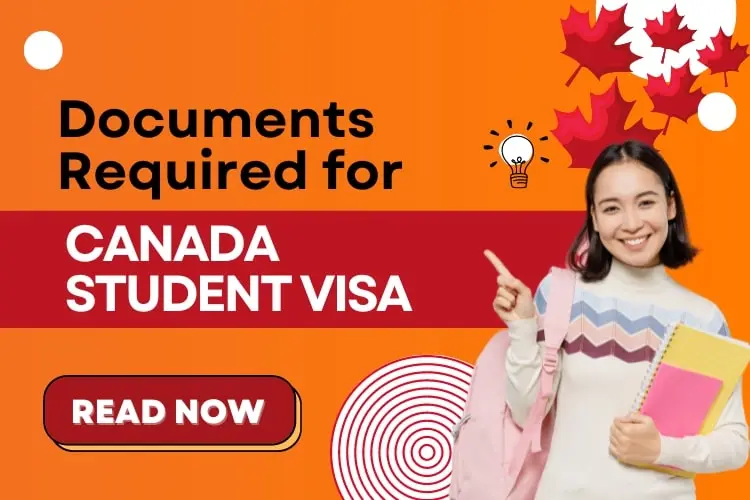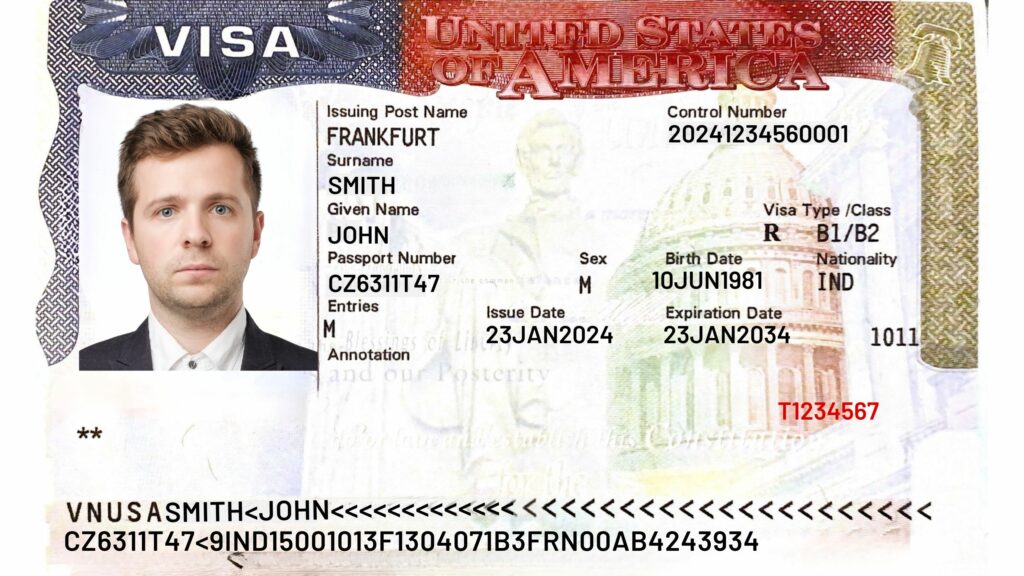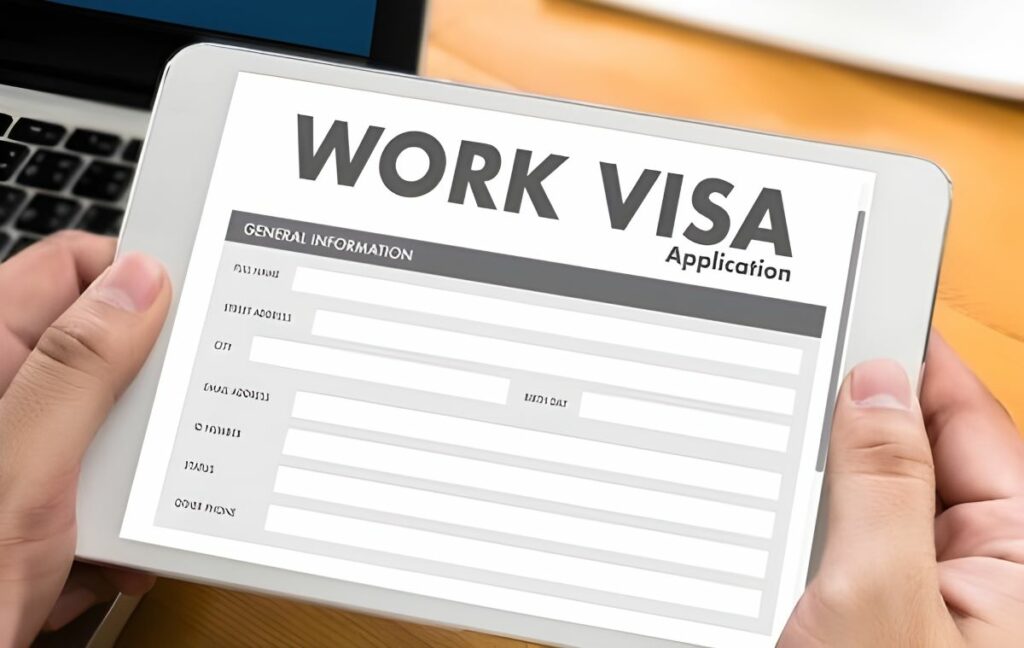Securing a visa sponsorship for both marriage and employment in Canada offers the opportunity for individuals to build a new life in one of the world’s most sought-after destinations. Canada is known for its welcoming immigration policies, robust job market, and inclusive culture. However, navigating the process can be challenging. Here, we’ll explore how to secure both a marriage and job visa sponsorship for Canada, with clear steps, requirements, and strategies to increase your chances of success.
1. Understanding Marriage Visa Sponsorship in Canada
Canada allows foreign nationals to obtain permanent residency through spousal sponsorship. This is a highly sought-after route, especially for couples where one partner is Canadian or a permanent resident.
What is a Marriage Visa Sponsorship?
A spousal sponsorship visa allows a Canadian citizen or permanent resident to sponsor their spouse, common-law partner, or conjugal partner to come to Canada and live with them. Once approved, the sponsored partner can obtain permanent resident status, which offers the freedom to work, study, and reside in Canada.
How to Apply for a Marriage Visa Sponsorship in Canada
- Eligibility Criteria:
- The sponsor must be a Canadian citizen or a permanent resident of Canada.
- Both partners must be in a genuine and ongoing relationship.
- The sponsor must prove they can financially support the applicant. This includes ensuring the sponsored person will not require social assistance from the government.
- Application Process:
- Step 1: The Canadian spouse or partner needs to submit a sponsorship application along with the required documents to Immigration, Refugees and Citizenship Canada (IRCC).
- Step 2: The application will be processed, and if everything is in order, the foreign spouse will be granted a Permanent Resident Visa or may be allowed to enter Canada temporarily.
- Step 3: The spouse or partner must complete a medical exam and background check.
- Processing Time:
Typically, the processing time can range from 12 months to 24 months, depending on various factors such as the complexity of the case, the applicant’s country of origin, and whether additional documentation is required.
2. Understanding Job Visa Sponsorship in Canada
In addition to marriage-based immigration, Canada also offers employment-based immigration through various visa programs. The most common visa routes include the Temporary Foreign Worker Program (TFWP) and International Mobility Program (IMP).
What is a Job Visa Sponsorship?
A job visa sponsorship allows foreign workers to come to Canada for employment purposes. Canadian employers who cannot find qualified workers within the country are eligible to apply for a work visa to hire foreign workers.
How to Apply for a Job Visa Sponsorship in Canada
- Find a Job:
- The first step is securing a job offer from a Canadian employer.
- Check job boards like Job Bank, Indeed Canada, LinkedIn, or industry-specific platforms to find available positions.
- Many Canadian companies recruit internationally, especially in high-demand sectors like technology, healthcare, and engineering.
- Employer Applies for LMIA (Labour Market Impact Assessment):
- For many job types, the employer must apply for a Labour Market Impact Assessment (LMIA) from Employment and Social Development Canada (ESDC).
- The LMIA proves that there are no Canadian workers available for the position and that hiring a foreign worker will not negatively impact the Canadian labor market.
- Some jobs are exempt from the LMIA process, particularly those under the International Mobility Program (IMP), which applies to jobs related to trade agreements, cultural exchange, or intra-company transfers.
- Work Visa Application:
- Once the employer has the LMIA (if required), the foreign worker can apply for a work permit through IRCC.
- If the application is approved, the individual is granted the work visa, which allows them to enter Canada and work for the specified employer.
- Processing Time and Requirements:
The work visa application processing time can vary but typically takes several weeks to several months depending on the visa category and whether the applicant has already been pre-screened for eligibility.
3. Combining Marriage and Job Visa Sponsorship
While marriage-based and job-based visa applications are separate processes, some individuals may be interested in pursuing both options at the same time. For example, a person may seek a marriage visa while also looking for employment in Canada.
How to Combine Both Applications:
- Marriage First, Job Search Later:
- If you are already married to a Canadian citizen or permanent resident, you can apply for spousal sponsorship. Once granted permanent residency, you are free to work in Canada and search for jobs without needing a separate work visa.
- Job Search Strategy: After arriving in Canada, you can apply for jobs in your field, and with your permanent residency status, you do not need employer sponsorship for a work visa.
- Job Visa First, Marriage Later:
- If you are a foreign worker who is already in Canada on a job visa, you can later apply for spousal sponsorship after you marry a Canadian citizen or permanent resident.
- You may also apply for family reunification while holding a work permit, enabling your spouse to join you in Canada.
4. Why Canada Offers Marriage and Job Visa Sponsorship Opportunities
Canada’s immigration policies are designed to help grow the country’s economy and ensure families stay united. Offering multiple paths to immigration—both for employment and family reunification—ensures a balance of skilled labor and a welcoming environment for families.
Benefits of Marriage Visa Sponsorship:
- Allows partners to live together permanently in Canada.
- The sponsored spouse can work, study, and receive healthcare benefits.
- Family reunification helps maintain strong social structures and contributes to the diversity and cultural richness of Canadian society.
Benefits of Job Visa Sponsorship:
- Helps meet labor shortages in critical industries like healthcare, technology, and engineering.
- Skilled foreign workers can contribute to Canada’s economy and bring valuable expertise.
- Job sponsorships offer pathways to permanent residency for workers after a few years, allowing individuals to transition from temporary work status to permanent residency.
5. Common Challenges in Marriage and Job Visa Sponsorship
While Canada is known for its inclusive immigration policies, navigating the visa sponsorship process can be complicated. Applicants may face the following challenges:
- Complex Documentation:
Both marriage and job visa applications require extensive paperwork, including proof of relationship authenticity for marriage sponsorship or evidence of job skills and qualifications for employment-based visas. - Long Processing Times:
Processing times for both marriage and work visas can be lengthy, and applicants must be prepared for delays or requests for additional documentation. - Financial Requirements:
The Canadian government expects sponsors to demonstrate sufficient financial support to avoid placing a burden on Canadian social services. This can be a challenge for both marriage and job visa applicants. - Employer-Specific Limitations:
In some cases, Canadian employers may face difficulty obtaining an LMIA or may be unable to offer sponsorship if their job offer does not meet certain criteria.
Conclusion
Canada’s marriage and job visa sponsorship programs provide pathways for individuals and families to build new lives in the country. By understanding the requirements, application processes, and challenges involved, individuals can increase their chances of success in obtaining a visa sponsorship. Whether you’re seeking family reunification through marriage or looking for a job in one of Canada’s high-demand sectors, the country offers a variety of opportunities for newcomers. Make sure to plan your immigration strategy carefully, seek professional advice if needed, and be patient as you work through the process to achieve your goal of becoming a permanent resident in Canada.





